
Blog
How Green Materials are Changing the Face of Construction in Malaysia | RumahHQ
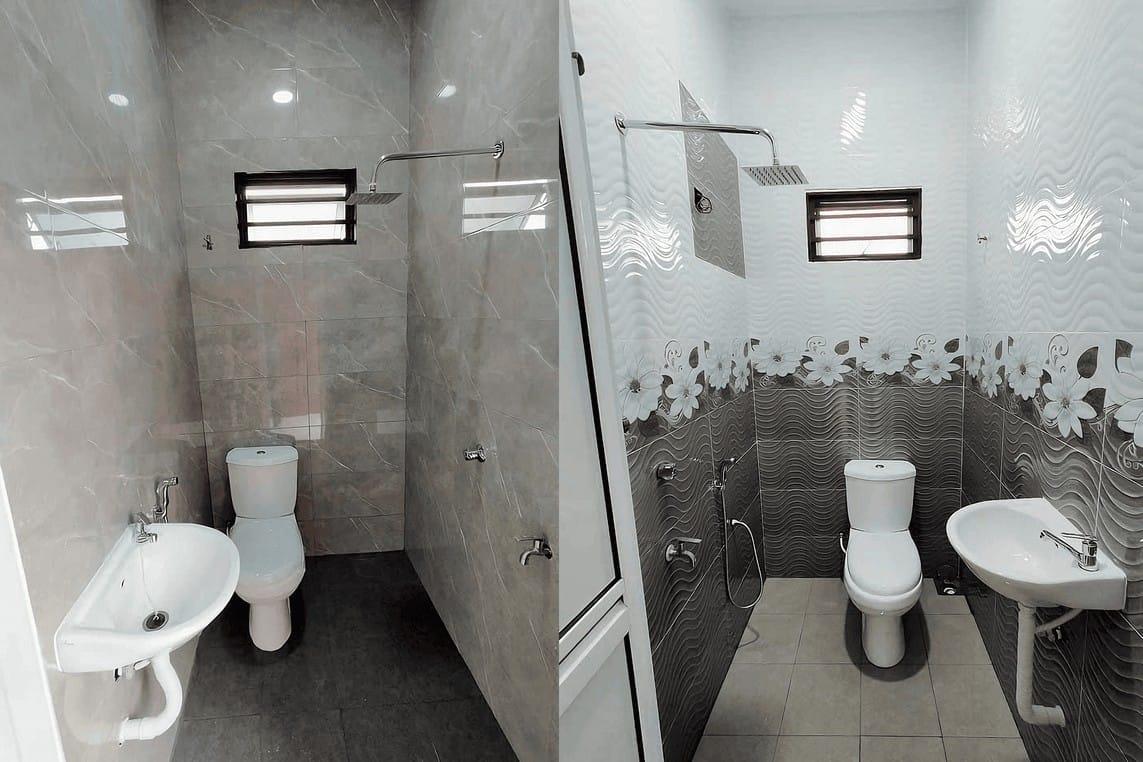
Imagine walking through a bustling construction site in Malaysia, where the sounds of hammering and machinery blend with the buzz of conversation. Now, picture that same site, but instead of traditional concrete and steel, the materials being used are eco-friendly and sustainable. Yes, it’s not just a dream; it’s happening right now! As we face an ever-growing need for more sustainable practices, green materials are stepping into the spotlight, transforming the construction landscape in Malaysia. From bamboo and recycled plastics to innovative eco-cements, these materials aren’t just good for the planet; they’re reshaping the way we think about building. So, let’s dive into how these green materials are not only changing aesthetics but also paving the way for a greener future in our beloved nation!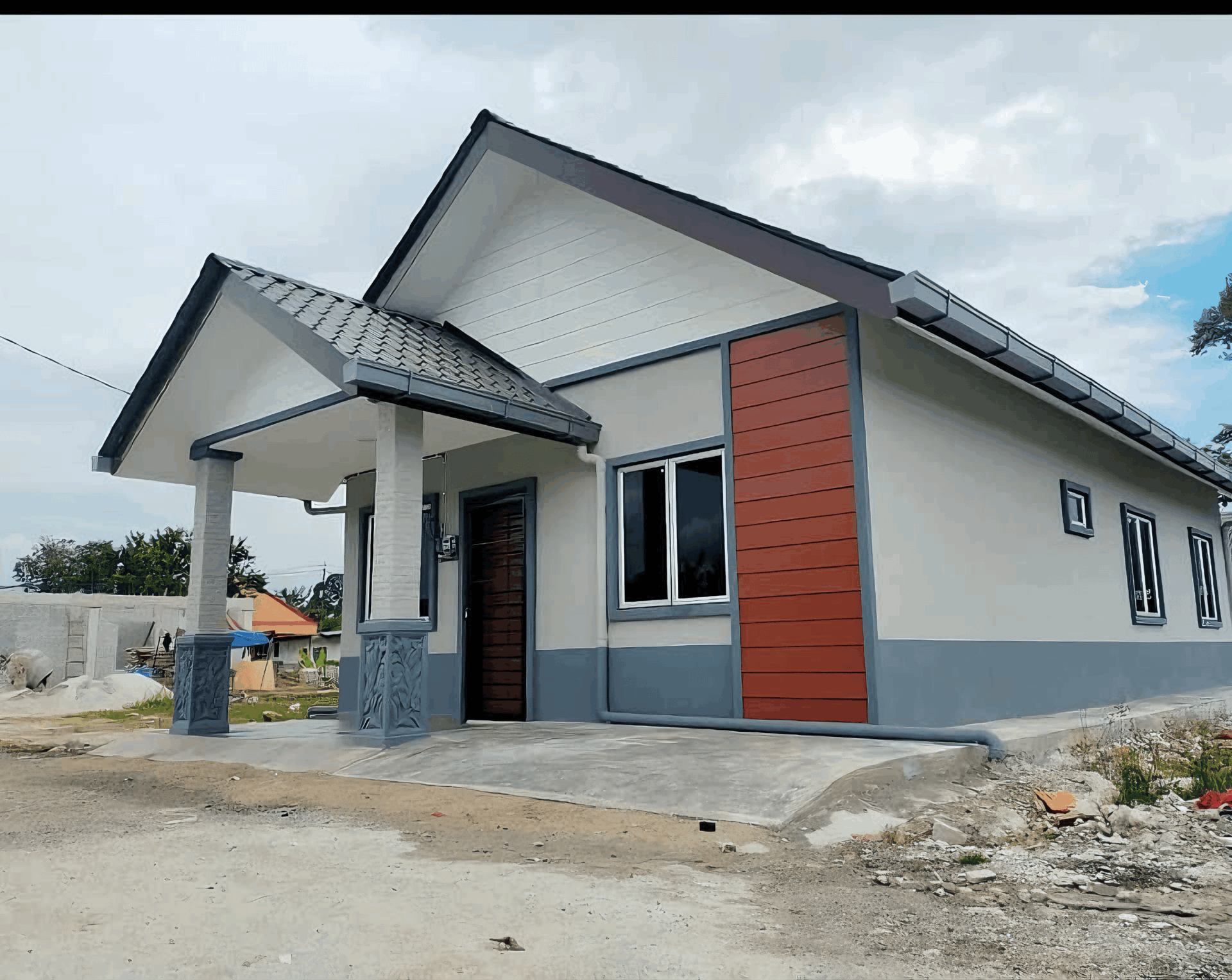
Emerging Trends in Green Materials for Sustainable Construction
In recent years, Malaysia has witnessed a surge in the use of innovative green materials that promise to revolutionize sustainable construction practices. These materials are not only eco-friendly but also engineered to meet the specific needs of the Malaysian climate. Bamboo, for instance, is gaining ground as a primary building material due to its rapid growth and remarkable strength-to-weight ratio. Additionally, recycled plastics are now being utilized to create durable and weather-resistant building products. This integration of natural and recycled substances into construction is not just a passing trend; it’s a pivotal movement aimed at drastically reducing the carbon footprint of new buildings.
Another exciting development is the adoption of biodegradable composites. These materials, often made from agricultural waste and natural fibers, can replace traditional concrete in non-structural applications. The reduction of reliance on non-renewable resources is crucial for Malaysia’s ongoing efforts to combat climate change. More construction companies are turning towards earth-based plasters and finishes which not only enhance the aesthetic appeal but also improve indoor air quality by reducing the use of harmful VOCs. It’s about creating spaces that are not only visually appealing but also health-conscious.
| Green Material | Benefits |
|---|---|
| Bamboo | Fast-growing, lightweight, and strong |
| Recycled Plastics | Durable, resistant to weather, and sustainable |
| Biodegradable Composites | Utilizes waste, reduces environmental impact |
| Earth-based Plasters | Enhances air quality, reduces VOCs |
As the Malaysian construction industry embraces these advancements, it’s evident that the landscape of building materials is shifting towards a more sustainable future. Developers and architects are increasingly collaborating with suppliers who prioritize ecological friendliness, leading to a ripple effect across various sectors. The incorporation of green rooftops and living walls excels not just in aesthetics but also in energy efficiency, providing natural insulation and augmenting biodiversity in urban areas. It’s clear that the integration of these materials is cultivating a sustainable mindset that aligns with Malaysia’s commitment to environmental conservation.
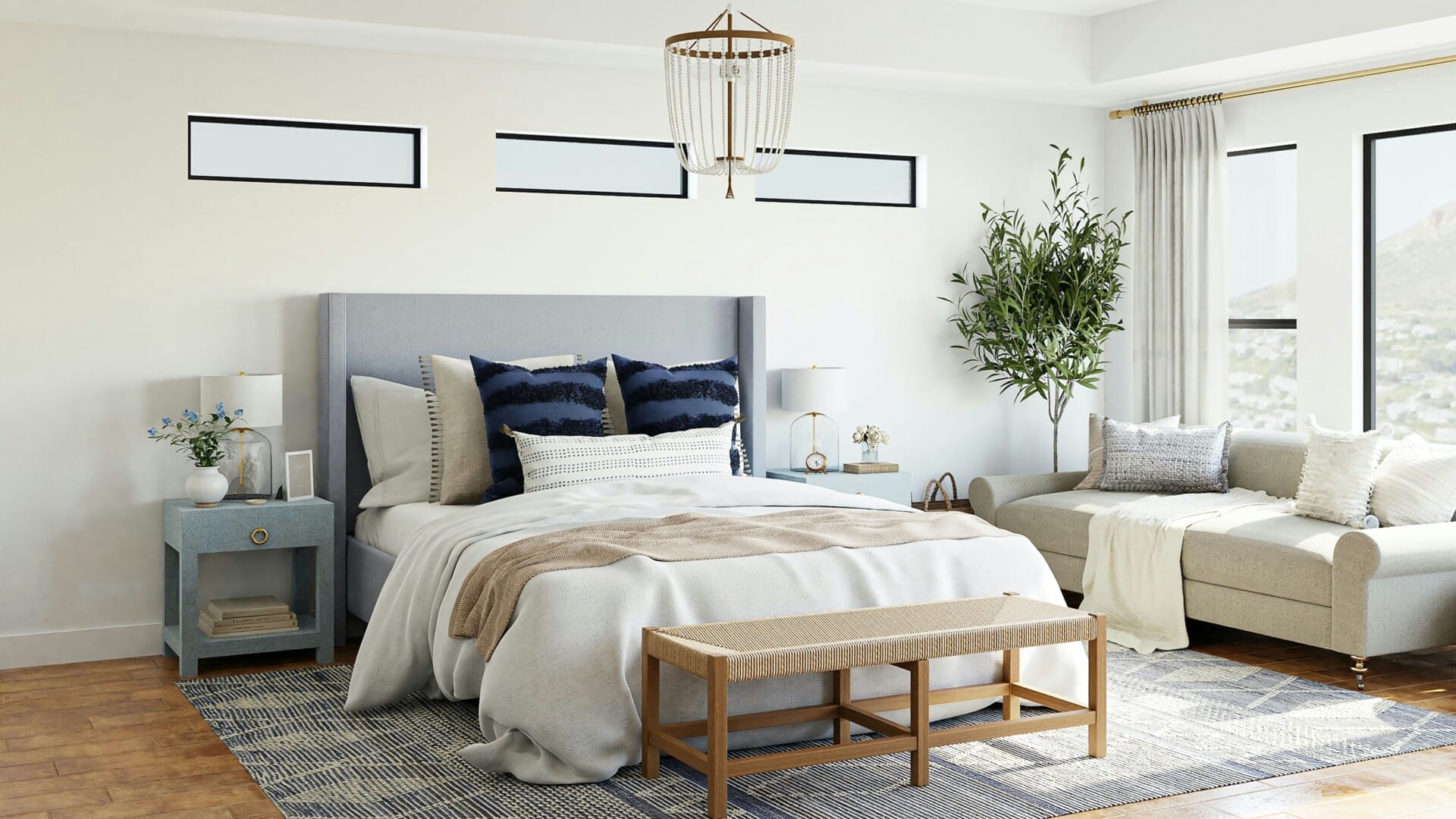
Innovative Technologies Driving Eco-Friendly Building Practices
The construction industry in Malaysia is experiencing a green revolution, thanks to a wave of innovative technologies that focus on sustainability. These advancements not only enhance the efficiency and durability of building materials but also minimize environmental impact. One notable trend is the use of recycled and reclaimed materials, which significantly reduce the carbon footprint associated with traditional construction processes. By sourcing materials like reclaimed wood or recycled steel, builders are able to create structures that tell a story while promoting environmental stewardship.
In addition to using recycled materials, the rise of smart technologies in construction is changing how buildings operate and conserve energy. Innovations such as Building Information Modeling (BIM) and energy-efficient HVAC systems allow for better planning and management of resources. These technologies enable architects and builders to design homes that maximize natural sunlight and airflow, thereby reducing reliance on artificial lighting and air conditioning. The integration of these smart systems not only makes buildings more eco-friendly but also saves homeowners money in the long run.
Moreover, the advent of biodegradable construction materials is marking a significant shift in how buildings are constructed and deconstructed. These materials, often sourced from natural products like hemp, straw, or bamboo, break down naturally at the end of their life cycle, eliminating waste. As an example, consider the following table showcasing popular eco-friendly materials and their benefits:
| Material | Benefits |
|---|---|
| Bamboo | Fast-growing, strong, and renewable |
| Recycled Steel | Durable, reduces landfill waste, and energy-efficient |
| Hempcrete | Lightweight, insulative, and carbon-negative |

Government policies play a critical role in shaping the landscape of green construction in Malaysia. With increasing awareness about environmental sustainability, policymakers are recognizing the need to incentivize the use of eco-friendly materials. By providing financial support, such as tax rebates and grants, they encourage builders and developers to integrate green technologies in their projects. This not only minimizes carbon footprints but also promotes healthier living spaces that enhance the quality of life for residents.
Another aspect where government intervention is vital is in establishing regulatory frameworks that set standards for green construction practices. Through programs like the Green Building Index (GBI), authorities can create benchmarks for energy efficiency, water conservation, and sustainable material use. These regulations guide developers toward sustainable practices, motivating them to pursue certifications that highlight their commitment to environmental stewardship, ultimately enhancing their marketability.
Additionally, public awareness campaigns initiated by the government serve as a unifying force, educating both consumers and builders on the benefits of green construction. This outreach can focus on various elements, such as:
- Energy savings from sustainable buildings
- Health benefits associated with using non-toxic materials
- Long-term cost savings through reduced utility bills
By fostering a culture of sustainability through these policies, Malaysia is not just building for today but is also paving the way for a greener, healthier future.
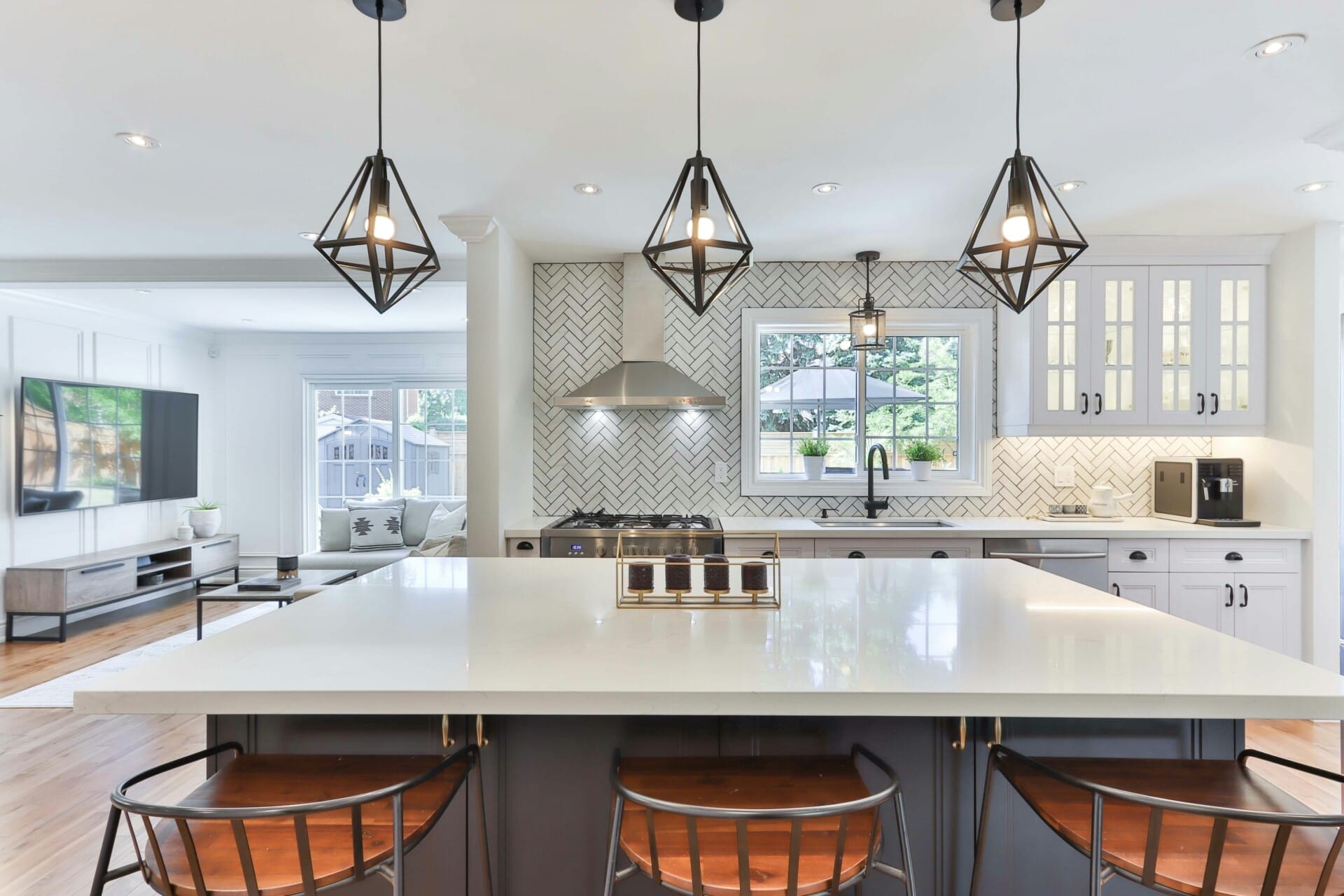
Case Studies of Successful Green Building Projects in Malaysia
One standout example of a successful green building project in Malaysia is the Menara 118 in Kuala Lumpur. As the tallest building in Southeast Asia, it embodies sustainable architectural practices by utilizing energy-efficient technologies and a green façade that reduces heat absorption. This iconic skyscraper features solar panels that harness sunlight for energy and rainwater harvesting systems that recycle water for irrigation and restroom use, thus minimizing waste and promoting conservation.
Another noteworthy project is the Green Building Index (GBI) certified The Grafton in Penang. This mixed-use development focuses on creating a healthy environment for its occupants while minimizing its ecological footprint. Key features include a natural ventilation system, thermally efficient materials, and green roofs that enhance biodiversity. The Grafton serves as a perfect example of how sustainable choices can lead to vibrant, eco-friendly spaces that foster community engagement.
we have the EcoSky development in Selangor, which highlights the integration of green spaces with urban living. The project embraces a variety of sustainable practices like vertical gardens and green pathways, providing residents with a picturesque retreat and promoting ecological balance. These elements not only enhance quality of life but also contribute to the overall reduction of urban heat and improve air quality, showcasing how effective design can harmonize with the environment.
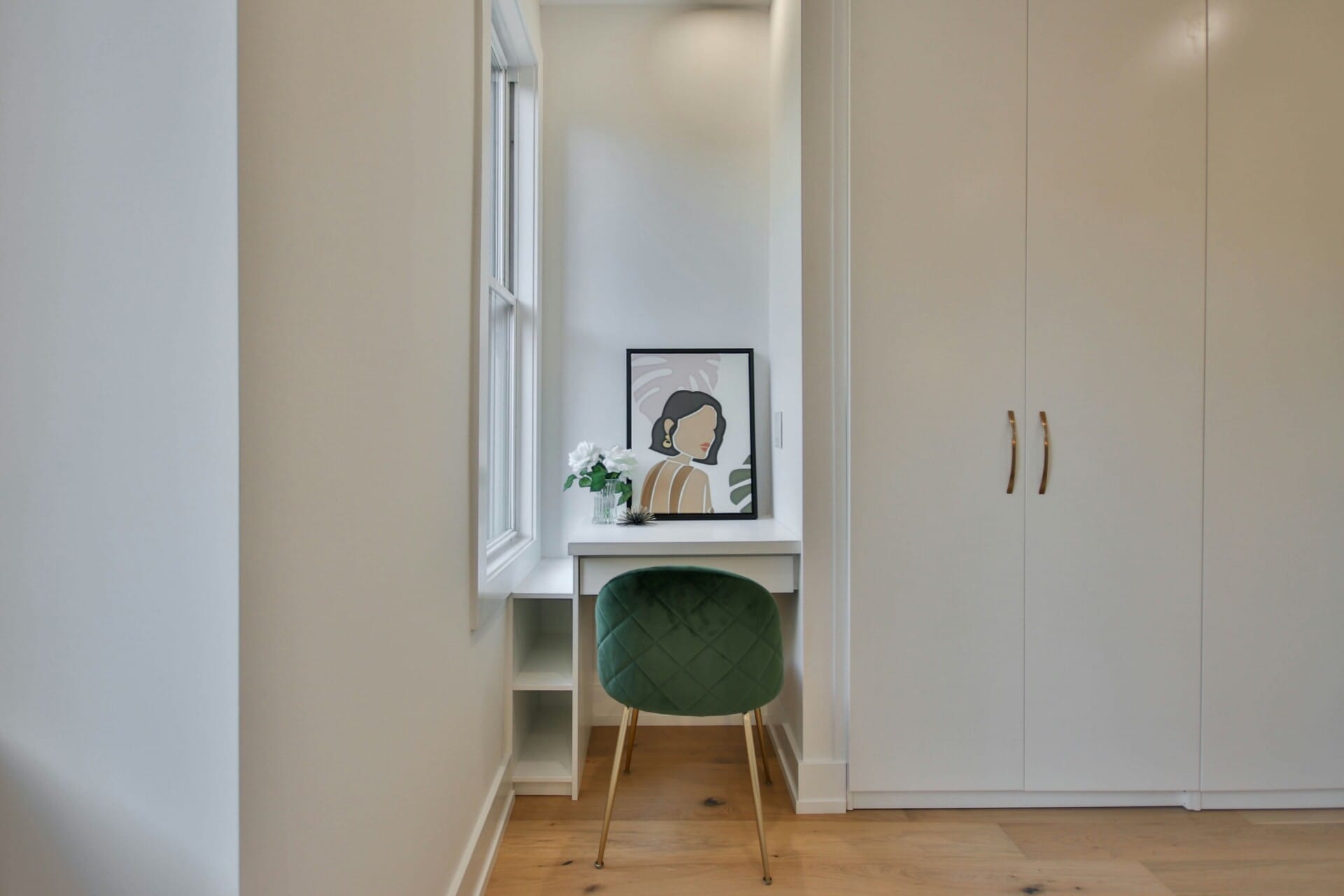
Challenges and Opportunities in Adopting Green Materials
Adopting green materials in construction isn’t just a trend; it’s a shift that comes with its own set of challenges. One of the significant hurdles is the initial cost associated with sourcing eco-friendly materials. While these materials often result in long-term savings on energy and maintenance, the upfront investment can deter many developers, especially in a competitive market like Malaysia. Additionally, there’s a limited supply chain for certain green materials, which means builders may struggle to find reliable vendors who can meet their needs consistently.
However, amidst these challenges lie exciting opportunities. As awareness around sustainability grows, there’s an increasing demand for green buildings. This shift opens up a market for innovative construction techniques and materials that meet eco-friendly standards. Developers who embrace green practices can differentiate themselves, attracting environmentally conscious clients and tapping into government incentives aimed at promoting sustainable development. Moreover, collaborating with local suppliers who specialize in green materials can not only reduce transportation emissions but also strengthen the local economy.
Ultimately, the journey towards incorporating green materials in construction is about balancing hurdles with potential benefits. Education plays a crucial role here; builders and suppliers need to communicate the long-term advantages of green materials effectively. By fostering this understanding, stakeholders can create a more supportive environment for adopting sustainable practices. As the construction sector in Malaysia continues to evolve, embracing these challenges could pave the way for a greener future and a more resilient urban landscape.
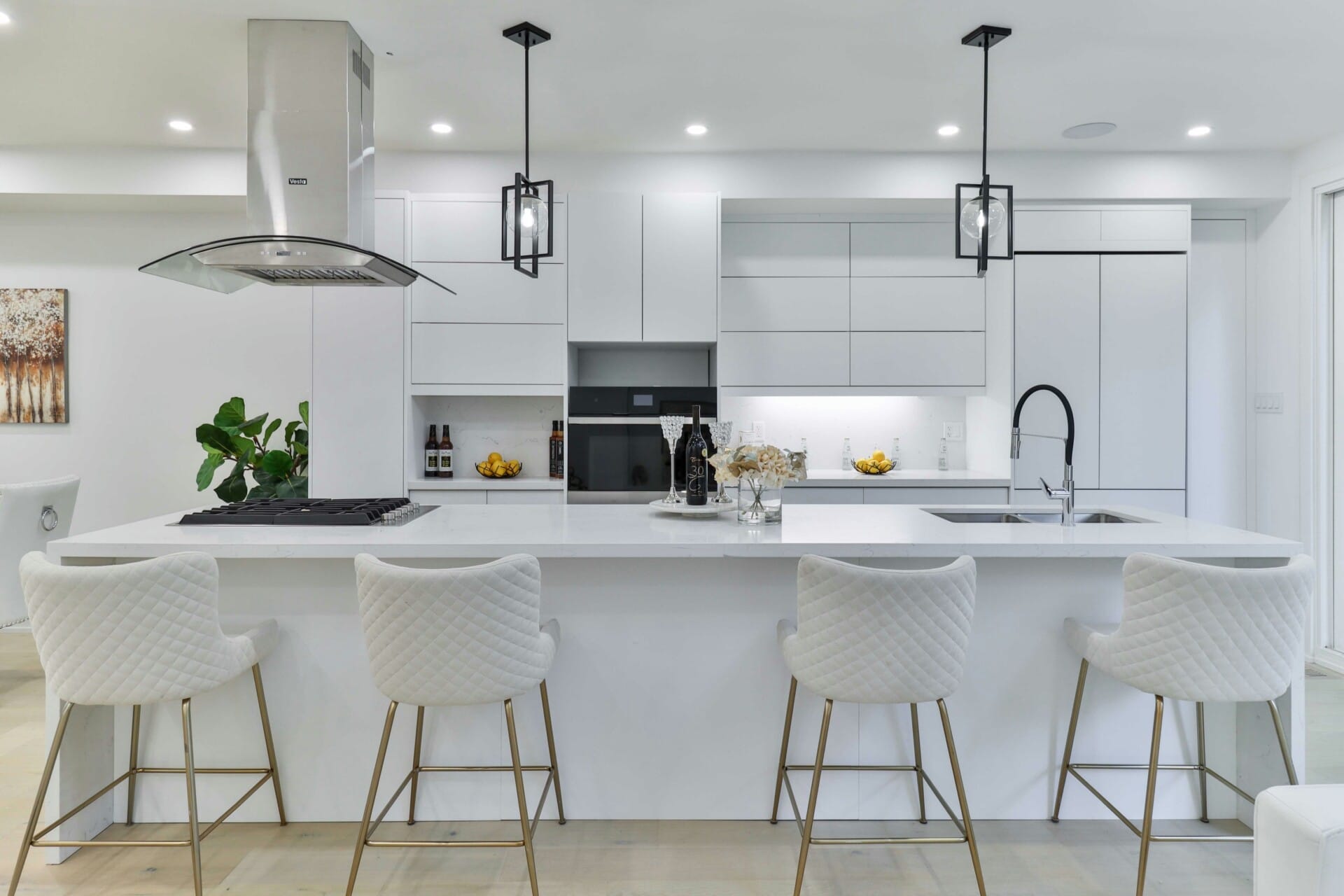
Best Practices for Incorporating Sustainability into Project Planning
Incorporating sustainability into project planning is all about weaving eco-friendly principles into the very fabric of construction. First off, consider using local resources to reduce transportation emissions and support the local economy. By sourcing materials like bamboo, which is abundant in Malaysia, not only do you minimize your carbon footprint, but you also tap into a versatile resource known for its strength and rapid growth rate. Additionally, creating a plan that encourages the reuse of materials can lead to innovative approaches, such as repurposing old buildings instead of demolishing them outright.
Next up, always think ahead by implementing energy-efficient designs. This can take the form of natural lighting, passive cooling systems, or even green roofs. Such designs not only lower the demand for electricity but also help in improving the overall air quality around the construction site. Collaborate with architects and engineers who specialize in sustainable design principles so you can be sure that every aspect of the project aligns with green goals. It’s essential to provide training sessions for workers on these practices, creating a culture focused on sustainability from the ground up.
measuring your sustainability efforts is crucial for both accountability and improvement. Consider setting up a sustainability tracking system to monitor various metrics, such as energy consumption and waste generation. You can create a simple table for easy reference, like this:
| Metric | Target | Status |
|---|---|---|
| Energy Consumption (kWh) | Reduce by 25% | On Track |
| Waste Diverted (%) | Target 75% | Achieved 70% |
| Water Usage (L) | Reduce by 15% | On Track |
This helps keep everyone accountable while demonstrating a commitment to sustainable practices. When you integrate sustainability into your project from the start, not only do you contribute to environmental preservation, but also enhance the project’s overall value and longevity in the Malaysian context.
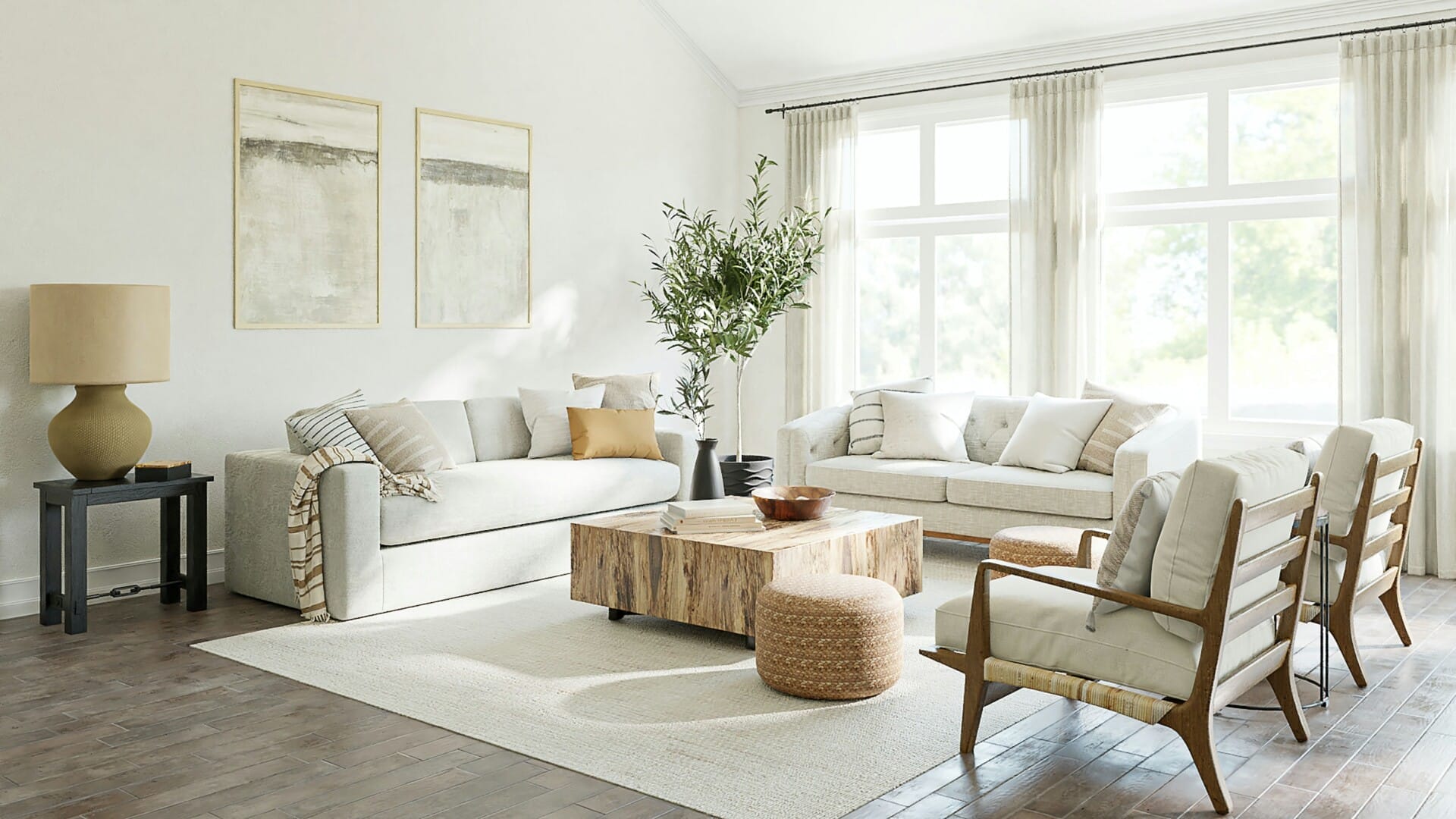
Future Prospects: Creating a Green Construction Ecosystem in Malaysia
As Malaysia strives for a greener future, the integration of eco-friendly materials into construction practices plays a pivotal role. With advancements in technology and a growing awareness of sustainability, the construction industry is beginning to embrace materials that reduce environmental impact and enhance energy efficiency. From bamboo and recycled metals to innovative composite materials, these green solutions are not just trends—they’re transforming the way we build, leading to more sustainable urban development.
The government’s initiatives and incentives championing green construction have paved the way for a more robust ecosystem. Builders and developers are encouraged to adopt sustainable practices through financial benefits and recognition programs. Local universities and technical institutions are stepping up too, equipping students with the knowledge and skills needed to innovate and implement green technologies effectively. This collaborative support system is essential for fostering an environment that prioritizes sustainability without compromising on quality or performance.
| Green Material | Benefits |
|---|---|
| Bamboo | Fast growth, biodegradable, strong |
| Recycled Steel | Durable, reduces waste, energy-efficient |
| Compressed Earth Blocks | Natural insulation, low carbon footprint |
| Green Roof Systems | Improves air quality, reduces heat, promotes biodiversity |
Looking ahead, the potential for a thriving green construction ecosystem in Malaysia is more than just a dream—it’s a reality in the making. The positive shifts in public perception around sustainable living are encouraging more individuals and businesses to consider eco-friendly practices. With the continued collaboration between the government, educational institutions, and industry stakeholders, the future holds the promise of not just a greener Malaysia, but a revolutionized approach to construction that values both innovation and nature.
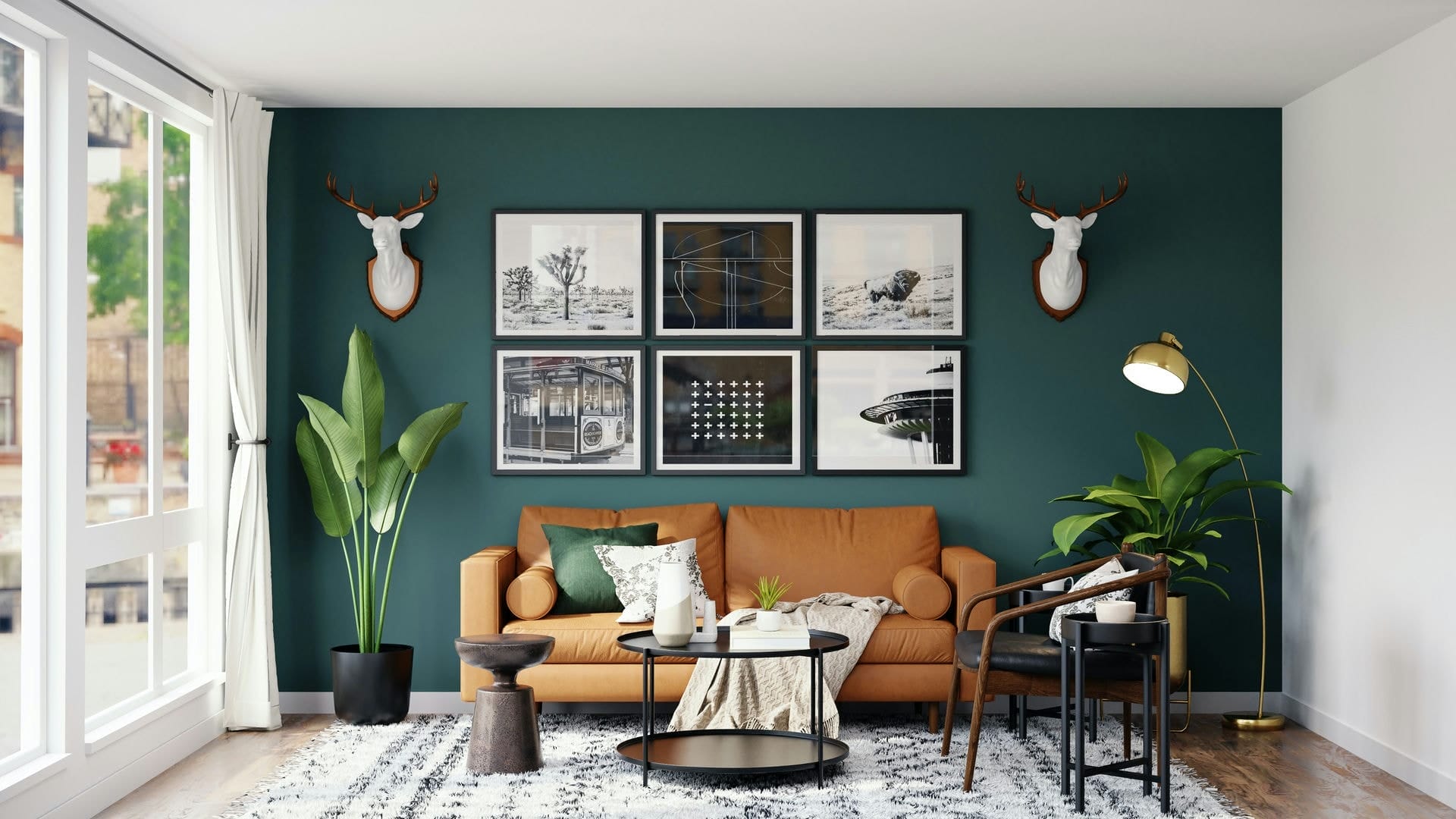
Recommendations for Stakeholders in Embracing Green Innovations
To drive the adoption of green innovations in the construction industry, stakeholders should prioritize collaboration and partnerships. This means bringing together various players including government agencies, private developers, and local communities. By working together, they can create more robust strategies that encourage the use of sustainable materials and practices. Consider forming larger coalitions or alliances that focus on policy changes and economic incentives, which could foster a more supportive environment for green projects.
Stakeholders are also encouraged to invest in research and development specific to green technologies. By allocating funds and resources toward the innovation of sustainable materials, they can lead the way in creating solutions that address both environmental and economic challenges. This could involve sponsorship for local universities or startups that focus on eco-friendly construction methods. Additionally, sharing findings and breakthroughs with the industry can spark wider implementation and inspire further advancements.
Another key recommendation is to integrate education and training programs aimed at enhancing knowledge around green innovations. Workshops, webinars, and training sessions can help construction professionals and tradespeople understand the benefits and application of green materials. By equipping the workforce with the necessary tools and information, the industry can ensure that sustainable practices find their way into the building sites across Malaysia. This collective knowledge can empower everyone involved in the construction process to make environmentally conscious decisions.
In Summary
As we wrap up our journey through the vibrant landscape of green materials and their impact on construction in Malaysia, it’s clear that we’re on the brink of something big. The shift towards eco-friendly building practices isn’t just a trend; it’s a movement that’s reshaping our skylines and communities. With innovations sprouting like the greenery we cherish, it’s exciting to think about the future we’re building—one that respects our environment and promotes sustainability for generations to come.
So, whether you’re a builder, an architect, or just someone who cares about our planet, remember that every little choice counts. Embracing green materials isn’t just good for business; it’s essential for the health of our communities and the earth. Together, let’s continue to push forward, ensuring that Malaysia doesn’t just grow, but grows wisely. After all, a greener tomorrow starts with the choices we make today. Happy building!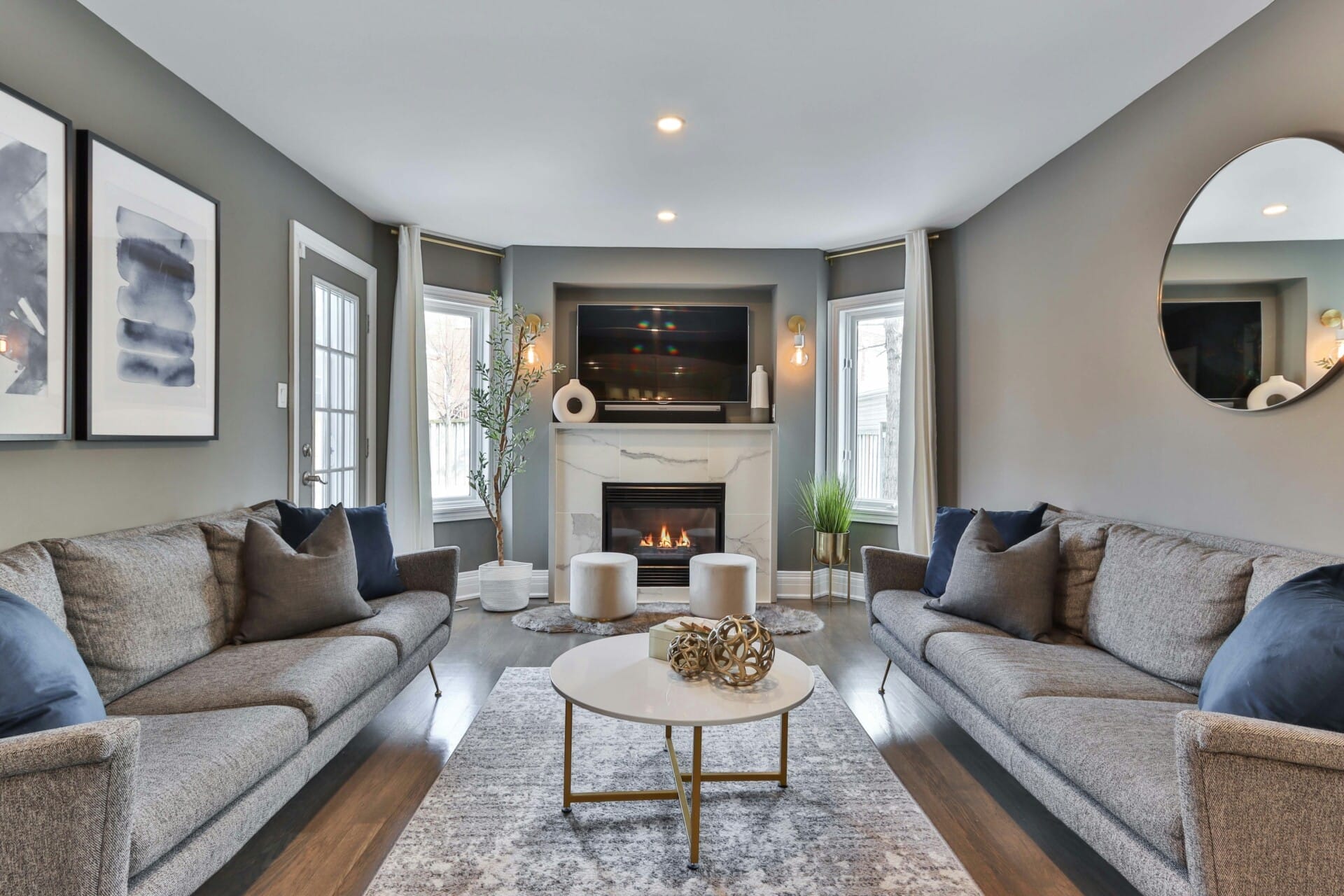
kontraktor rumah
bina rumah
pinjaman lppsa
pengeluaran kwsp
spesifikasi rumah
rumah batu-bata
pelan rumah
rekabentuk rumah
bina rumah atas tanah sendiri
kontraktor rumah selangor
rumah banglo
Source link











